September 3-9, 2023
Delightful golden days

This week we had several cloudy and windy days, and even some of the sunny days ended up being surprisingly chilly, so it seems like the toasty warmth of summer is mostly gone.
Week in Review
Last week, I mentioned that September could be a fantastic month for observing the changing seasons, and it's already coming true with many interesting observations being posted on the Facebook group.
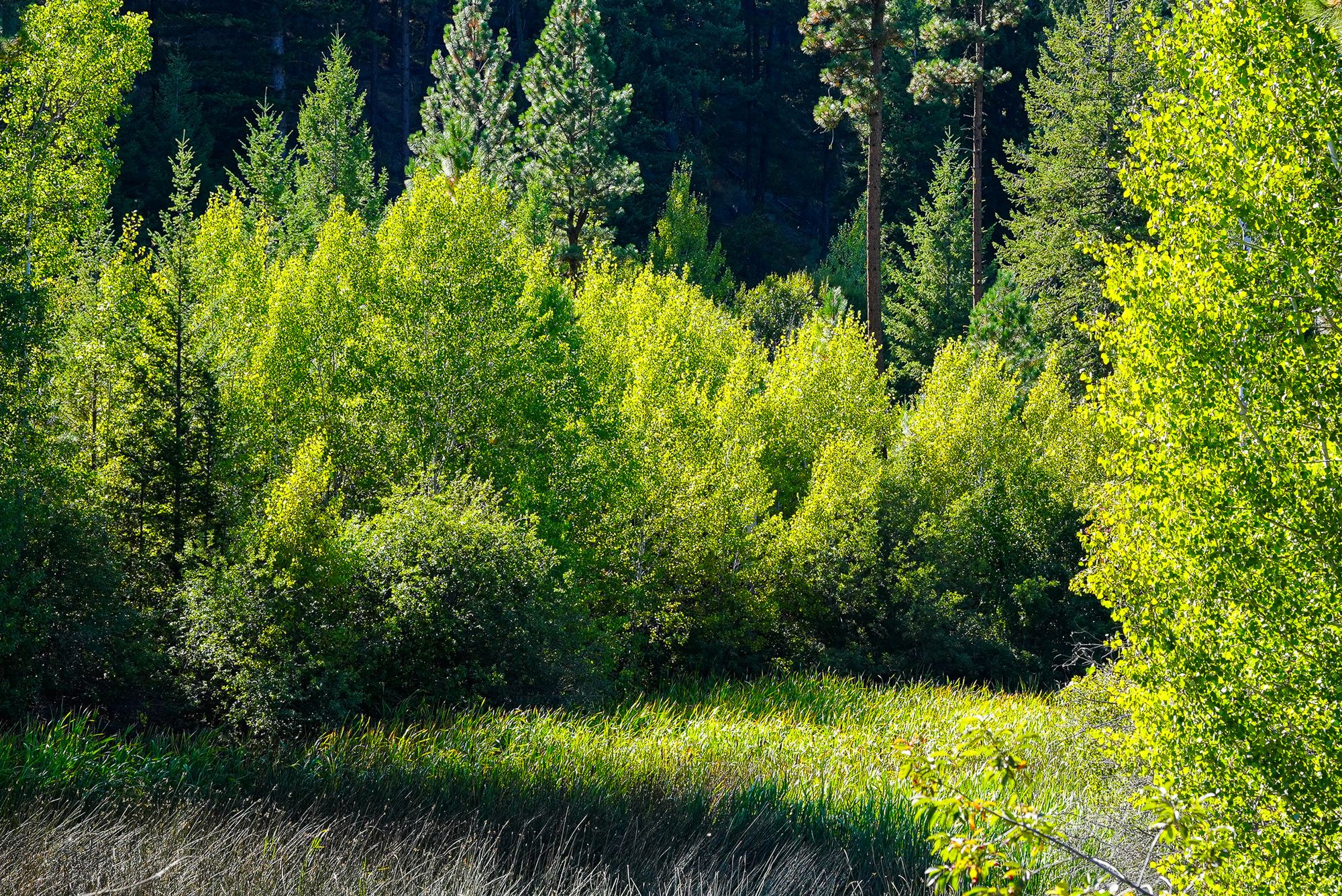
Signs of the changing seasons seem to be happening very quickly now. For example, a number of people have been comparing notes on the sudden departure of our common nighthawks; with a group of 100 nighthawks reported on August 25, 20 reported on August 26, and 22 on September 1, but it looks like they're gone now.
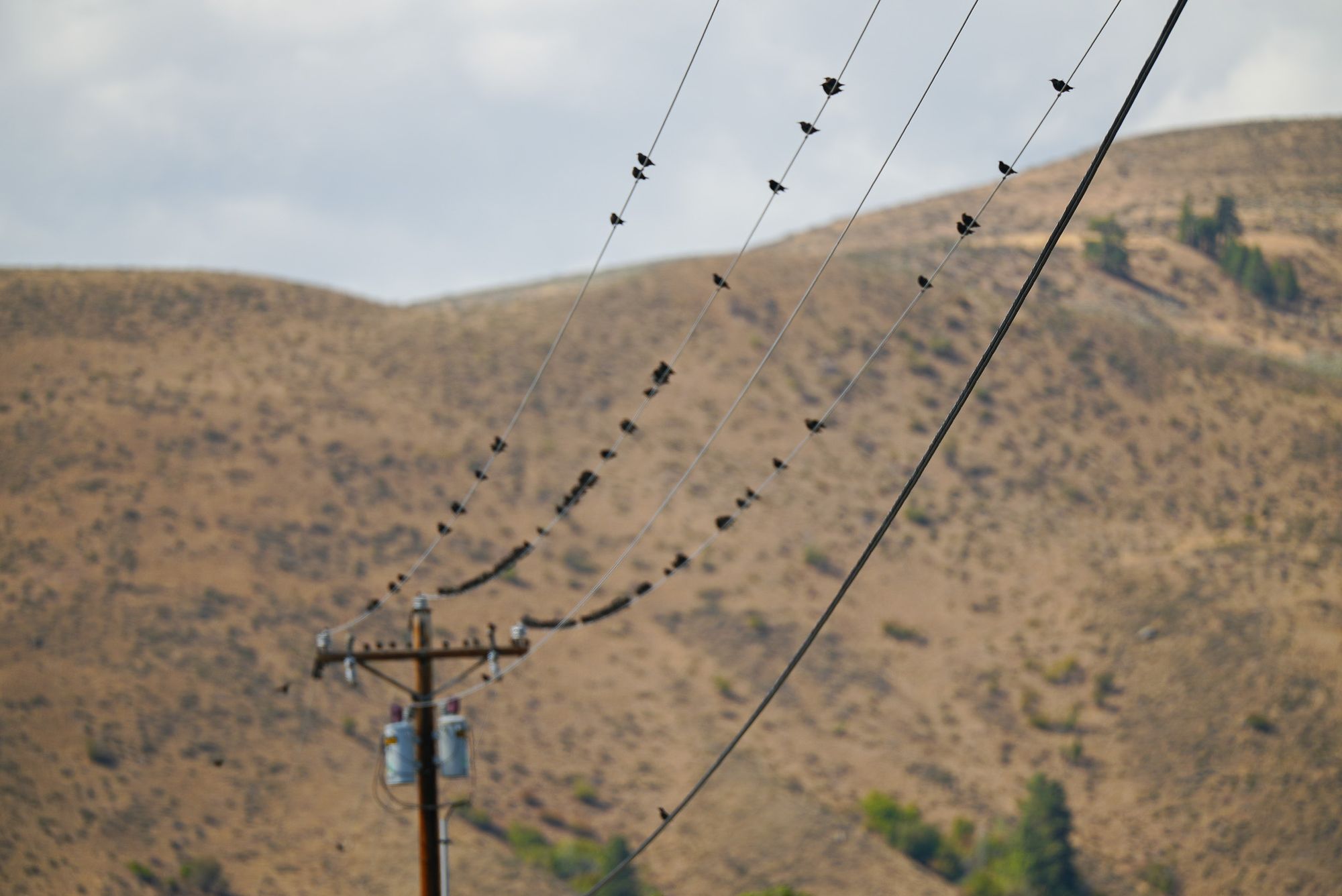
Anecdotally, this also felt like the time when swallows gathered in big flocks and left the valley, though it's entirely possible that there are still some swallows around and I just haven't noticed them due to our recent bout of colder weather.
I'm not a big fan of invasive weedy plants, but it was still fun to see this photo of a downy woodpecker feeding on a mullein. This observation points out an interesting behavior in downy woodpeckers, where males forage on small stems and females forage on large tree trunks so they don't compete for food.
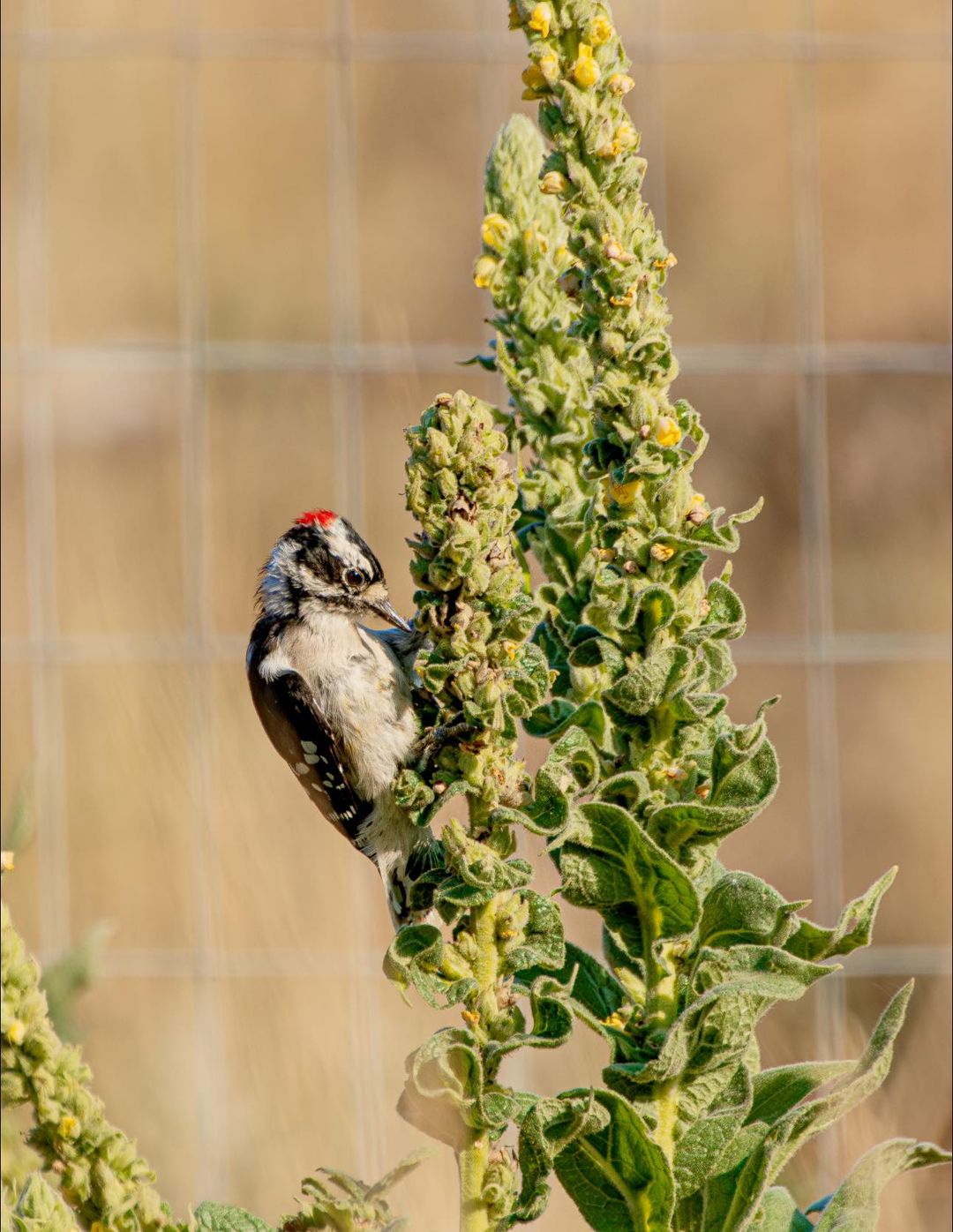
My favorite observation this week had to be the baby northern alligator lizard. When I was a kid, I loved finding these babies, but it doesn't seem like they're commonly found in the Methow Valley. You'll also notice that they have the smooth skin and quick movements of a skink, but their color pattern is distinctive.
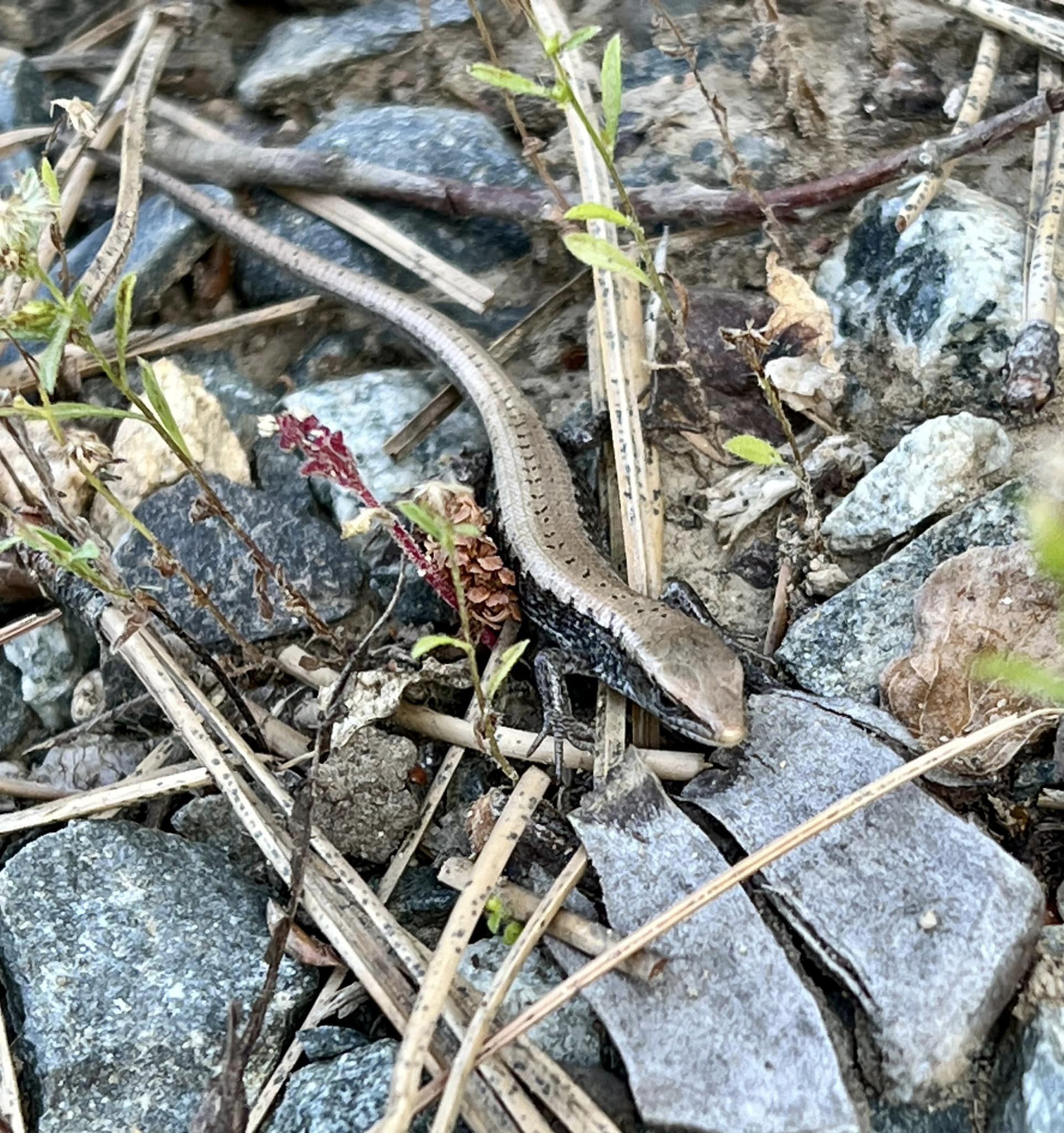
Folks have been noticing a range of interesting insects, including a big bot fly (which is something I've never seen). Bot flies have the unpleasant strategy of laying eggs on the skin of mammals so their larvae can burrow under the skin and grow up inside the host animal.
Even trickier, they might first grab a housefly or mosquito and lay their eggs on that animal, then have the fly or mosquito deliver their eggs to a mammal. Fortunately, bot flies are seldom found on humans, but they can be a problem for horses or cows.
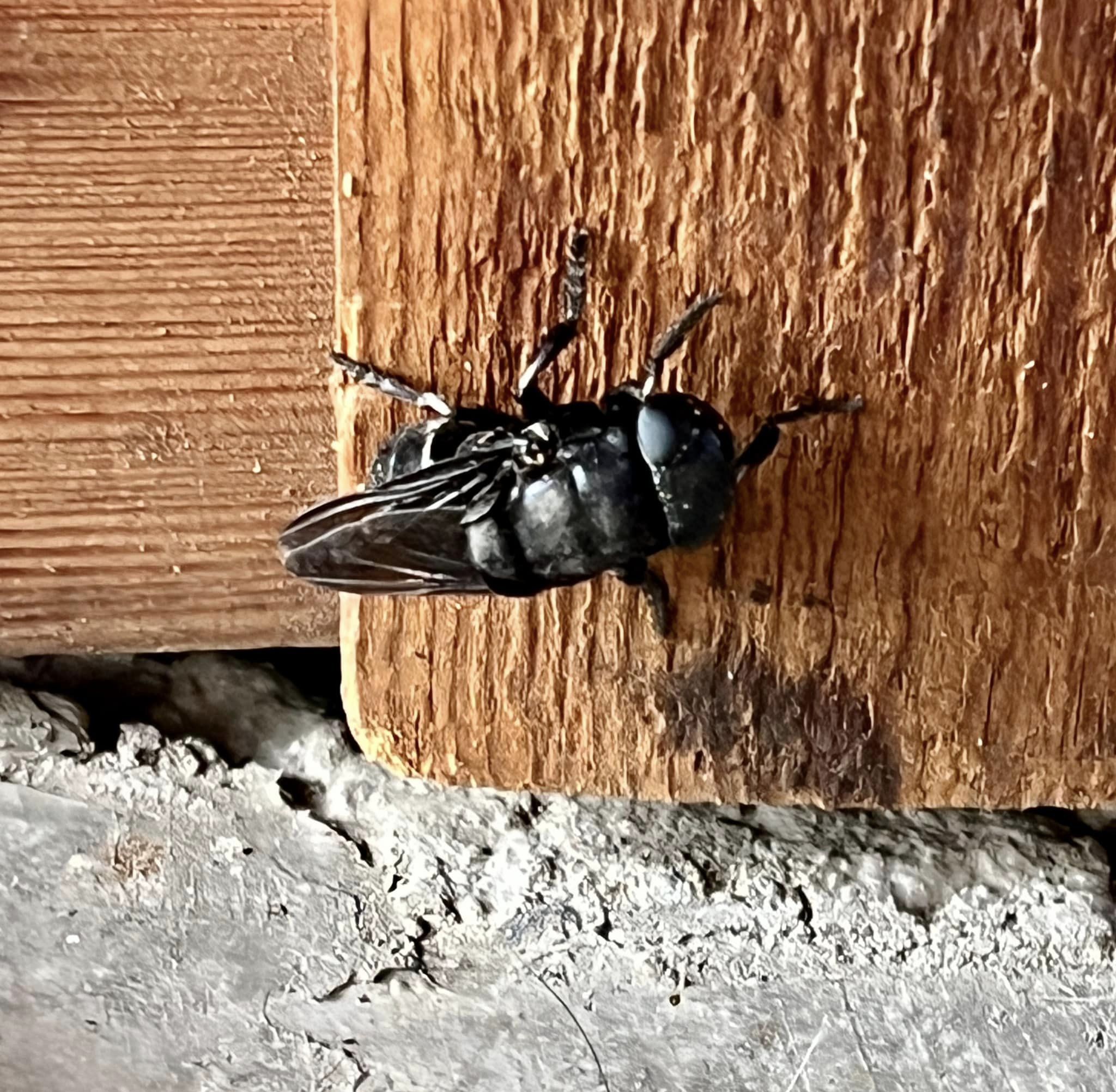
There are very few flowers left in early September, but this vacuum is filled by a prolific bloom of yellow-flowering rabbitbrush that provide the last meals of the summer for many of our remaining pollinators.
This includes a large number of orangish fritillary butterflies, with the Zerene fritillary being the most common of the bunch, adding a dash of color to our fading summer landscape.
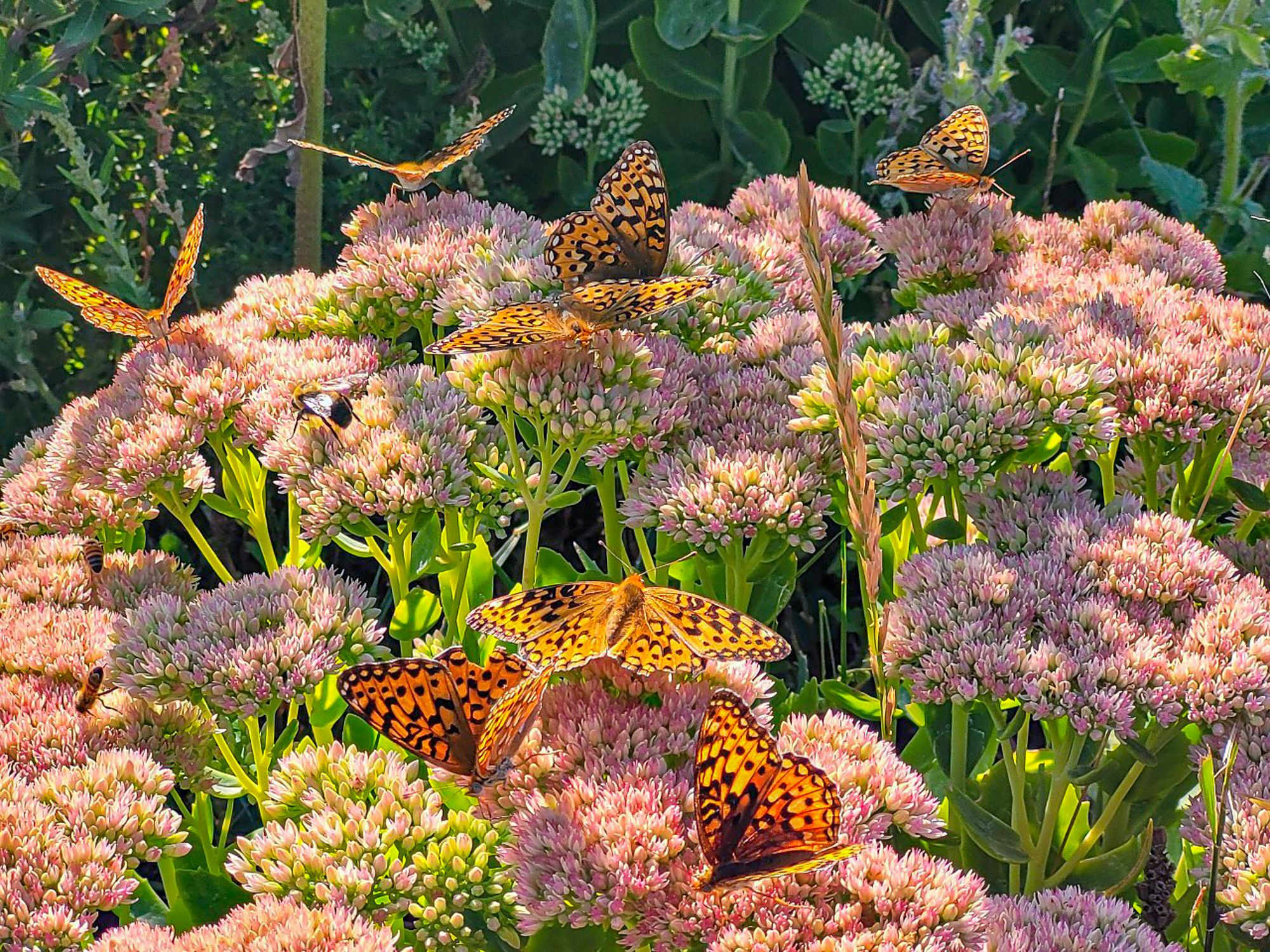
While fritillaries might be abundant, our summer grasshopper invasion is finally coming to an end. There are still plenty of grasshoppers, but when I walk across the yard, I'm seeing as many dead as living grasshoppers. I also noticed today that our apple tree is finally able to grow a few new leaves after being demolished by grasshoppers this summer.
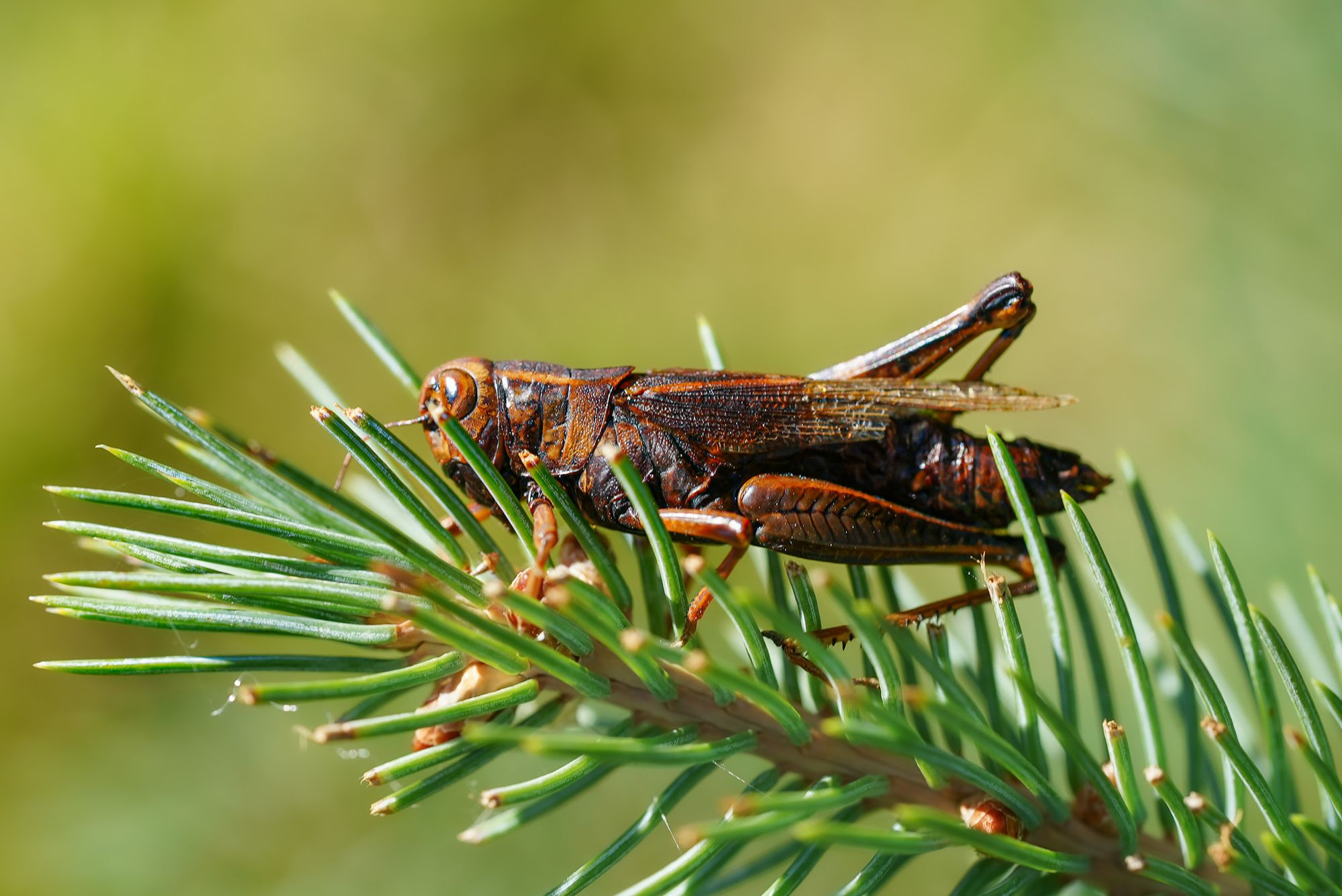

Observation of the Week: Aphids
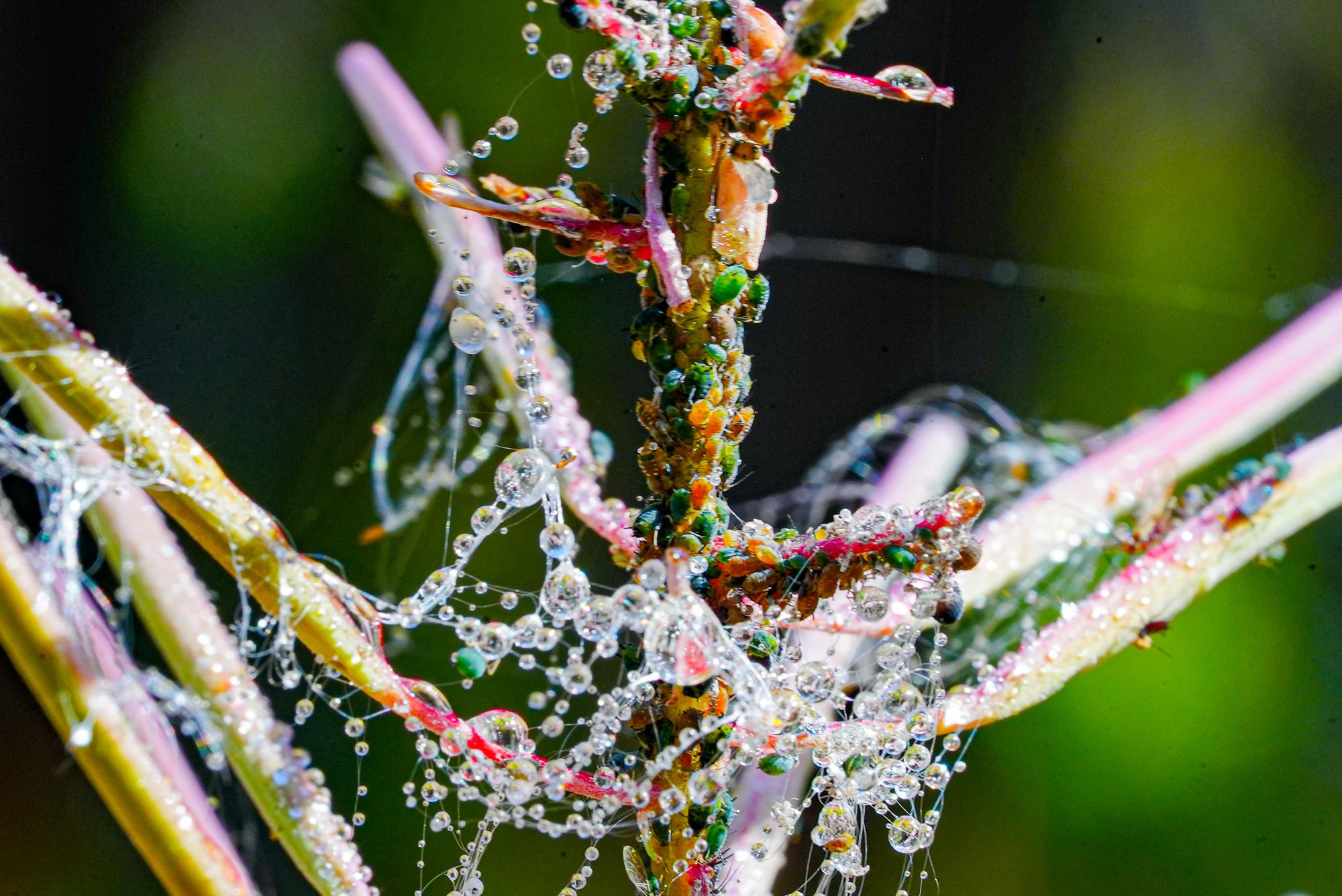
I've been waiting all summer to write about aphids, and it seems like the time is finally right because I found myself hiking through thickets of fireweed this week and hundreds of plants were covered in aphids.
If you're a gardener you might not appreciate aphids, but bear with me because aphids are astonishing animals.
As you might have noticed, aphids are ridiculously productive. In fact, every aphid that hatches from an egg in the spring is a female, and every female is already a mother, as well as a grandmother, from the moment she hatches, because she's already carrying her daughters inside her, and those daughters have their daughters inside of them.
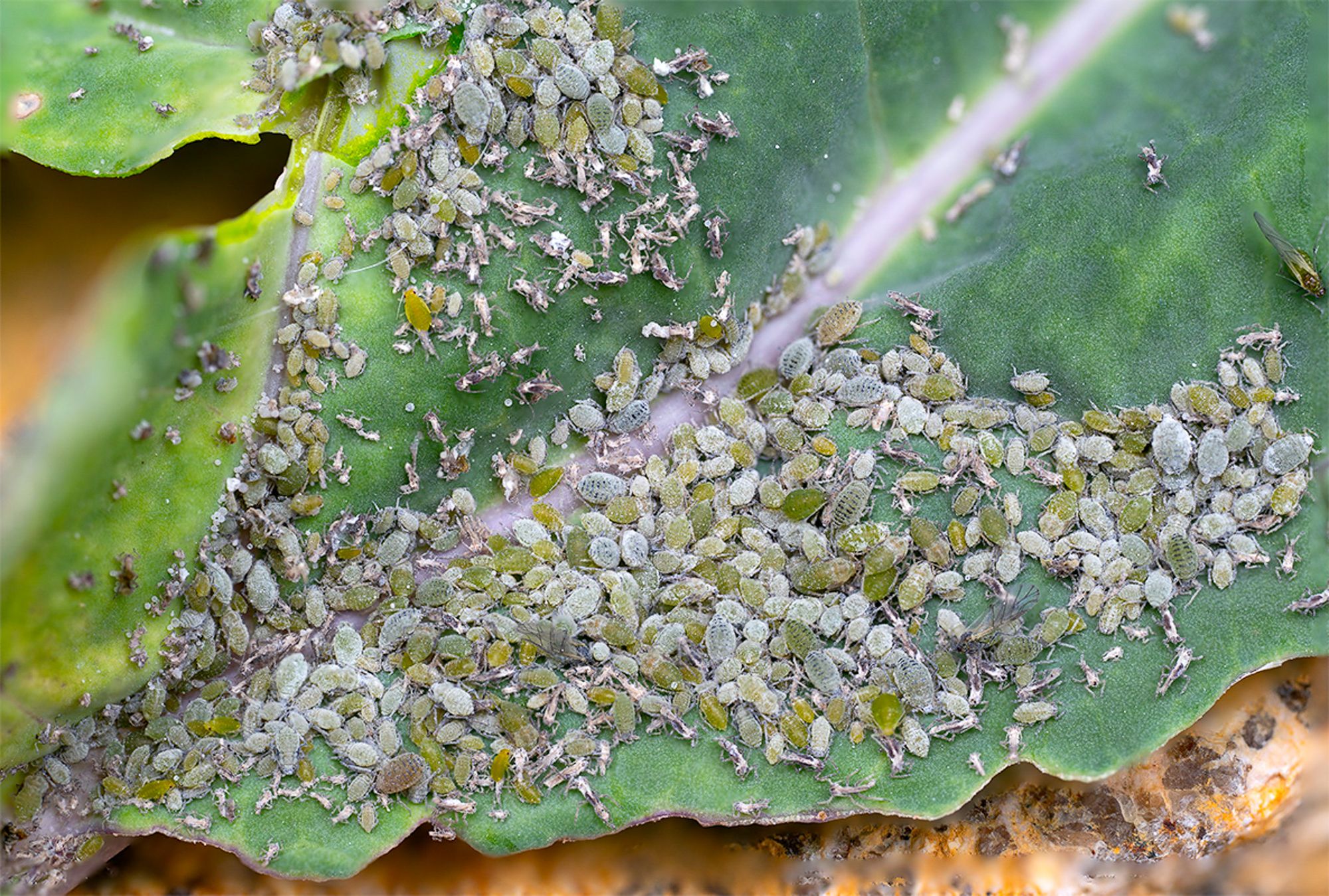
Because no males are involved, these offspring are clones. Females basically crank out replicas of themselves, over and over again, while their offspring crank out replicas of themselves, over and over again, and so on. It is estimated that a single female and her expanding brood of replicas can produce 5 million copies of the original mother in 5-6 weeks!!!
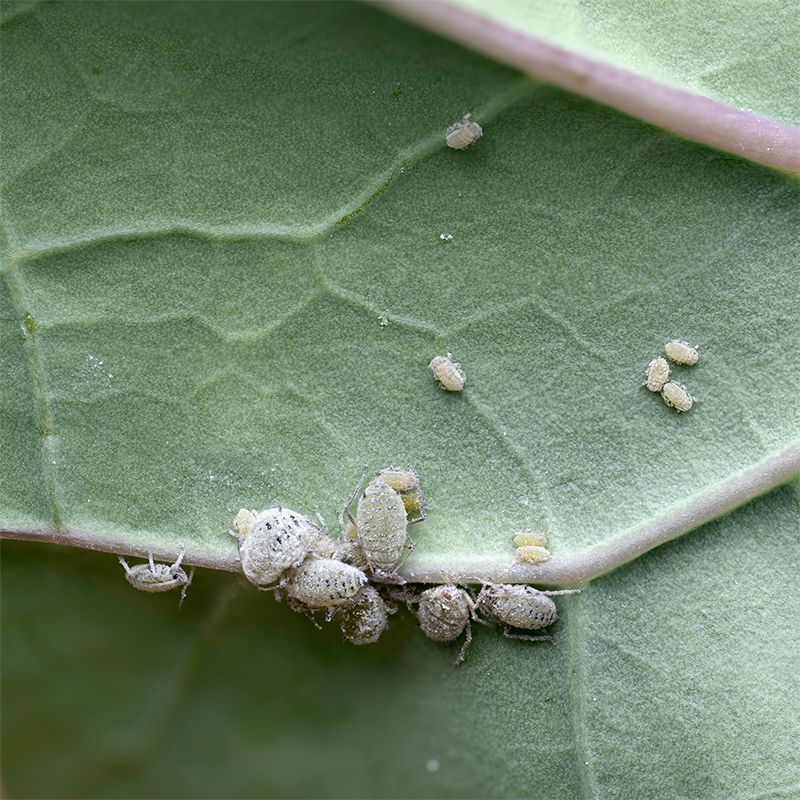
This astonishing fecundity is only possible if aphids have a steady and reliable supply of food, but here's the twist...
Aphids drink plant sap, which is little more than sugar and water, yet aphids need the same ten essential amino acids that humans need, and they can't get those amino acids from plant sap.
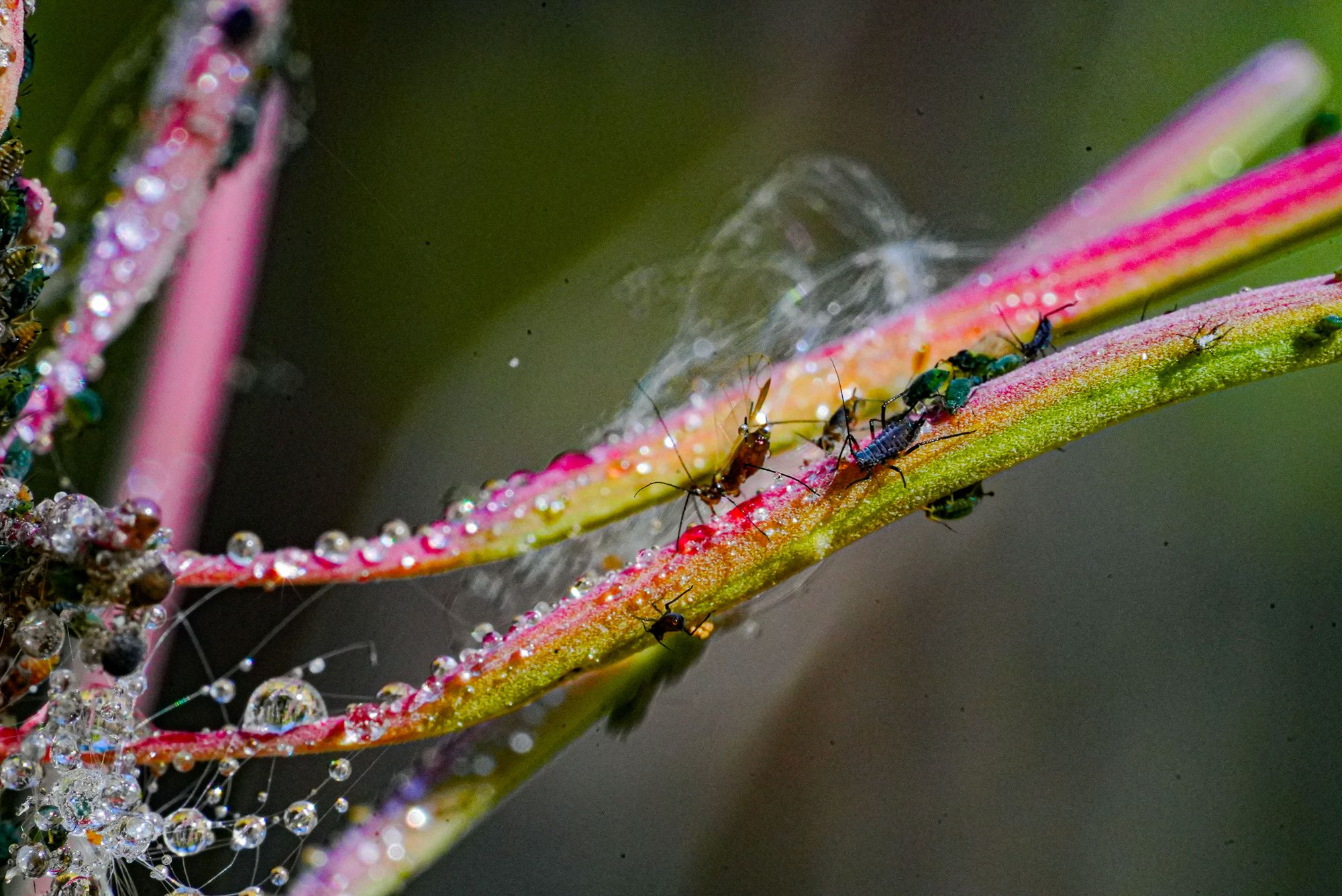
However, aphids have evolved with a bacterium (Buchnera aphidicola) that lives inside their cells and nowhere else in the world. These bacteria exist solely to convert plant sap into proteins, plus they kill larvae of parasitic wasps that try to attack the aphids, thus ensuring that aphids are phenomenally successful.
Then, at the end of their season, female aphids produce reproductive male and female forms that have wings. At some point, these winged males and females fly off to find mates and lay fertile eggs that survive the winter, thus completing their annual cycle.
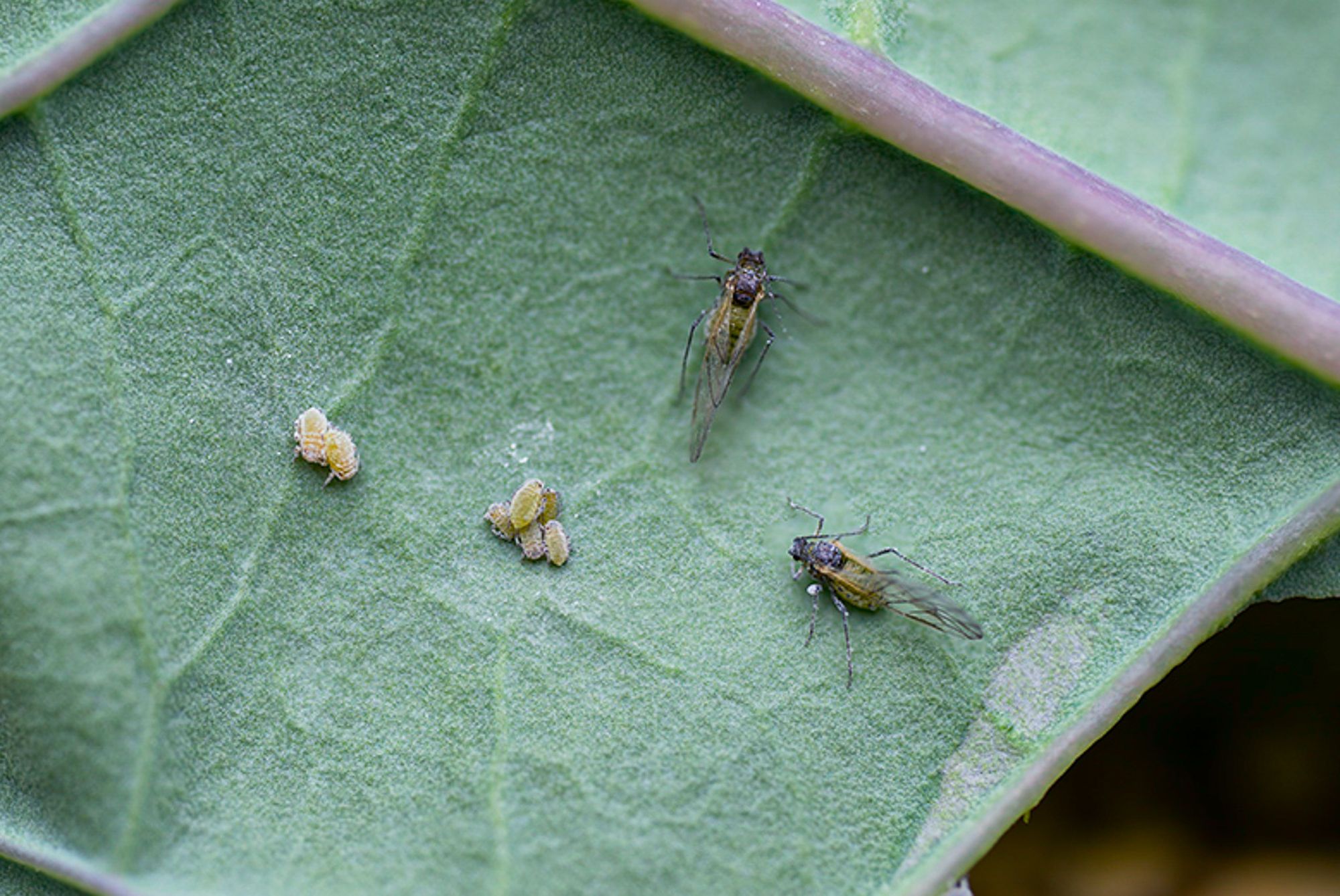

These newsletters are so much fun! Thank you for your support, and for being part of this adventure with me!

